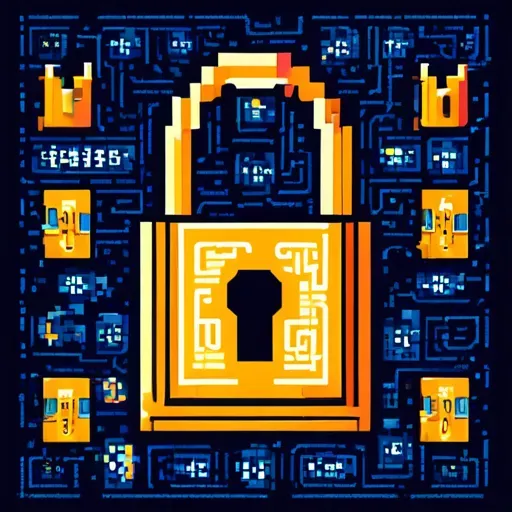
Cryptography in Malware Development: The Decorrelated Fast Cipher
/ 3 min read
Quick take - The article discusses the Decorrelated Fast Cipher (DFC), a symmetric block cipher developed by a team of cryptographers, highlighting its design features, innovations in cryptographic security, practical implementation for payload encryption, and identified vulnerabilities through cryptanalysis, while emphasizing its educational purpose for malware researchers and cybersecurity professionals.
Fast Facts
- The Decorrelated Fast Cipher (DFC) is a symmetric block cipher developed by a team led by Serge Vaudenay, and was a candidate for the AES standard but was not selected.
- DFC employs a Feistel network structure, allowing for straightforward decryption and features a variable block size with a key schedule that generates eight unique round keys.
- It incorporates decorrelation theory to enhance security against differential and linear cryptanalysis, despite not being chosen as the AES standard.
- The article discusses a practical implementation of DFC for payload encryption, detailing the key schedule generation and the Feistel round function.
- Vulnerabilities identified through cryptanalysis, particularly a differential attack that can compromise 6 of the 8 rounds, highlight weaknesses in DFC’s diffusion properties.
The Use of Cryptography in Malware Development
The use of cryptography in malware development is a topic of significant interest, particularly with the exploration of the Decorrelated Fast Cipher (DFC).
Overview of DFC
DFC is a symmetric block cipher developed by a team of cryptographers from École Normale Supérieure, CNRS, and France Telecom, led by Serge Vaudenay. DFC was a candidate for the Advanced Encryption Standard (AES) competition; however, it was not selected as the AES standard. DFC utilizes a Feistel network structure, which allows for straightforward decryption by reversing the key sequence. It features a variable block size and employs a key schedule to generate eight unique round keys from a variable-length key.
During encryption, each round processes a block divided into two halves. An encryption function is applied to one half and combined with the other. The encryption function employs a pair of 64-bit subkeys derived from the main key, enhancing its resistance to cryptanalysis.
Innovations and Techniques
One of the key innovations of DFC is its incorporation of decorrelation theory, which aims to reduce statistical relationships in encrypted data. This provides strong security against differential and linear cryptanalysis. Although not chosen as the AES standard, DFC introduced novel techniques to resist decorrelation-based attacks. DFC is part of the PEANUT family of ciphers, which utilize unique mathematical transformations for enhanced cryptographic security.
The article details a practical implementation of DFC for encrypting a payload. The key schedule generation creates round keys by XORing bytes of the main key with round and byte indices. The Feistel round function involves swapping the left and right halves of the block, applying XOR operations with the current round key, followed by a bitwise rotation to enhance non-linearity and diffusion. A demonstration included in the article showcases successful encryption and decryption of a payload, with calculations of Shannon entropy for the encrypted data also presented.
Vulnerabilities and Educational Purpose
However, the article addresses vulnerabilities identified through cryptanalysis, particularly noting differential analysis. Research conducted by Lars Knudsen and Vincent Rijmen in 1999 revealed certain weaknesses in DFC’s 8-round structure, indicating that a differential attack is capable of breaking 6 of the 8 rounds. This highlights weaknesses in its diffusion properties.
The author aims for the post to be a resource for malware researchers and programmers, raising awareness among cybersecurity professionals. It is emphasized that the article is intended for educational purposes only, urging responsible use of the information provided.
Original Source: Read the Full Article Here


